Across the world, transportation helps move people and goods to where they need to be. Similarly, we can think of the concepts of acceleration and motion as the drivers of movement in physics. They explain how objects change their position over time, making them fundamental in understanding the physical world.
I. Basics of Motion
Motion can be described in different ways. Some basic terms to know include:
- Distance: The total path covered by an object during its motion. It is a scalar quantity, which means it only has magnitude and no direction. For example, if you drive 5 km around a park and return to your starting point, the distance covered is 5 km.
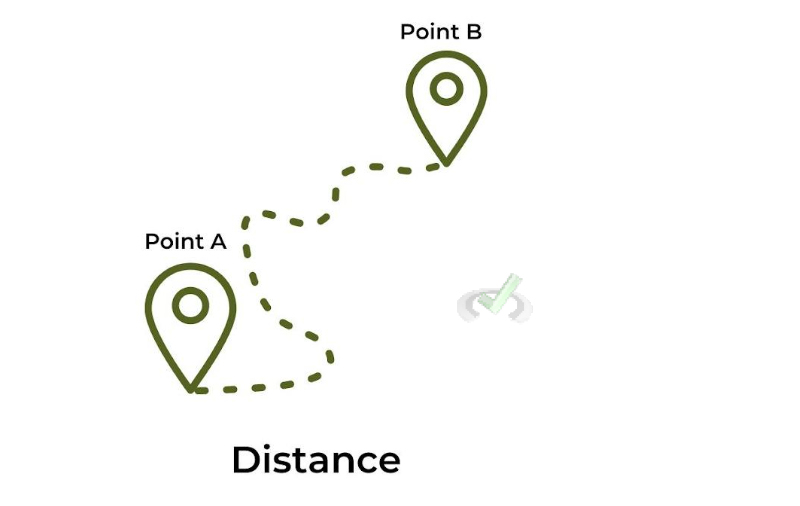
- Displacement: The straight-line distance between the starting point and the ending point, including direction. It is a vector quantity, which means it has both magnitude and direction. For example, if you walk 3 km east, your displacement is 3 km east.
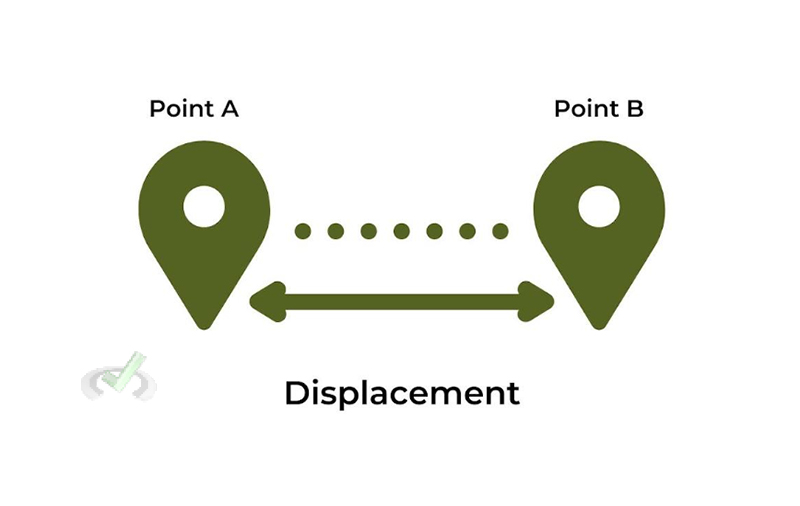
- Speed: How fast an object is moving. Speed is calculated by dividing the distance traveled by the time taken. Speed is also a scalar quantity. For example, if a vehicle travels 100 km in 2 hours, its speed is 100 km/2 h=50 km/h.
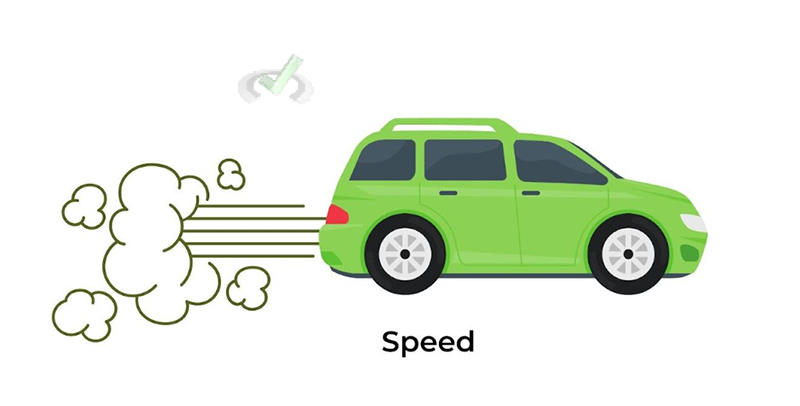
- Velocity: Speed with a direction. It is calculated by dividing the displacement by the time taken. Velocity is a vector quantity. For example, if a car travels 100 km northeast in 2 hours, its velocity is 100 km northeast/2 h=50 km/h northeast.

II. Understanding Acceleration
Acceleration measures how quickly velocity changes. If an object speeds up, slows down, or changes direction, it is accelerating. The formula for acceleration is:
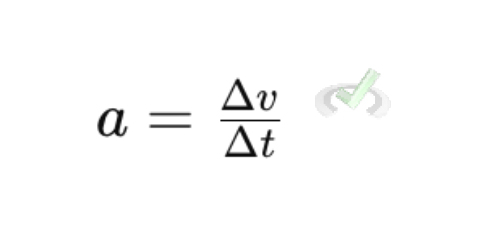
Where:
a is acceleration
Δv is the change in velocity
Δt is the time over which the change occurs
Acceleration can be positive or negative. Positive acceleration means an increase in velocity. Negative acceleration (or deceleration) means a decrease in velocity.
III. Examples of Acceleration
1. Car Speeding Up: When a car speeds up from 20 km/h to 60 km/h in 10 seconds, it accelerates.

2. Car Slowing Down: When a car slows down from 60 km/h to 20 km/h in 5 seconds, it decelerates.

For example, if a car speeds up from 0 to 20 meters per second (m/s) in 5 seconds, the acceleration is calculated as:

The car's acceleration is 4 m/s2.
IV. Uniform and Non-Uniform Acceleration
Uniform Acceleration: Acceleration is constant. The velocity changes at a steady rate.
Example: A car accelerates at 2 m/s2 every second.
Non-Uniform Acceleration: Acceleration varies over time.
Example: A car that speeds up quickly, slows down, and speeds up again.
V. Graphing Motion
Graphs can help visualize motion. The two most common types are:
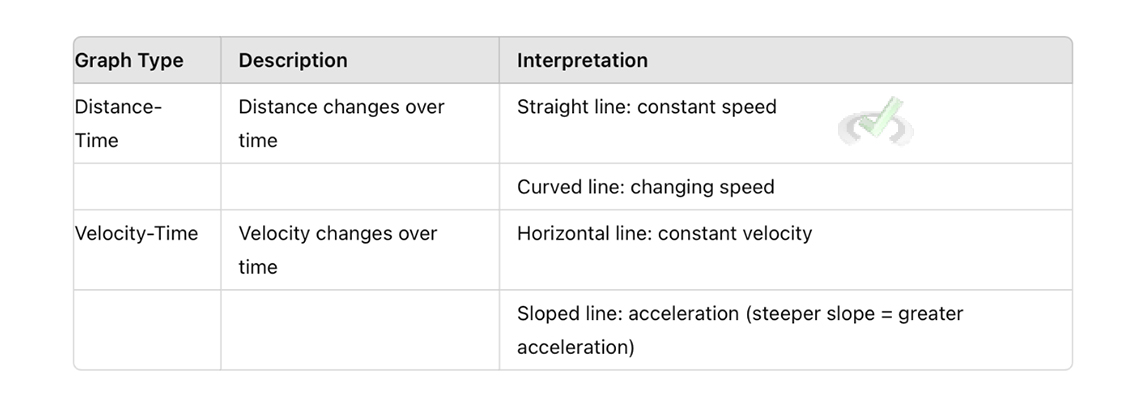
VI. Bridging Acceleration and Motion to Advanced Topics
Understanding acceleration and motion is crucial for more advanced physics topics. These concepts serve as the foundation for studying forces, Newton's laws of motion, and other significant areas in physics. Here are two important applications of these principles:
Application to Newton's Laws of Motion
Newton's Second Law explains that force equals mass times acceleration (F=m/a). This principle explains how objects move and react to forces. It is essential in many areas of physics and engineering.
Importance in Engineering
Engineers use Newton's Second Law to design everything from cars to airplanes. By understanding how forces affect acceleration, they can create safer and more efficient machines. For instance, car engineers calculate the forces involved in crashes to design better safety features.
Application to Biomechanics and Kinematics
Biomechanics studies how muscles produce force to accelerate parts of the body. Kinematics studies motion without considering its causes and also relies heavily on understanding acceleration and motion.
Athletic Performance
Athletes use principles of acceleration to improve their performance. For example, sprinters work on their acceleration at the start of the competition to gain an early lead. Understanding how to maximize force and minimize resistance helps athletes run faster, jump higher, and perform better.
Medical Applications
In medicine, biomechanics helps doctors understand how injuries affect movement. By studying how forces act on the body, they can develop better treatments and rehabilitation programs. For instance, analyzing the acceleration of limbs during physical activities can help design prosthetics and improve physical therapy techniques.
VII. Wrap-Up and Key Terms
Acceleration and motion are essential concepts in physics. Understanding how objects move and change their velocity helps us explain many natural phenomena and practical applications. By mastering these basics, you'll be prepared for more complex studies in physics and related fields.
Key Terms
- Distance: The total path covered by an object.
- Displacement: The shortest distance between the start and end points in a specific direction.
- Speed: How fast an object moves without considering direction.
- Velocity: Speed with a specific direction.
- Acceleration: The rate at which velocity changes.
- Uniform Acceleration: Constant acceleration.
- Non-Uniform Acceleration: Changing acceleration.
VIII. Practical Test
Sample Practice Question 1
A car accelerates from 0 to 30 m/s in 10 seconds. What is its acceleration?
A. 2 m/s²
B. 3 m/s²
C. 4 m/s²
D. 5 m/s²
Ans. B

Sample Practice Question 2
A runner decelerates from 8 m/s to 2 m/s in 3 seconds. What is the deceleration?
A. 2 m/s²
B. -2 m/s²
C. 3 m/s²
D. -3 m/s²
Ans. B








 To help you achieve your goal MCAT score, we take turns hosting these
To help you achieve your goal MCAT score, we take turns hosting these 





















 reviews on TrustPilot
reviews on TrustPilot